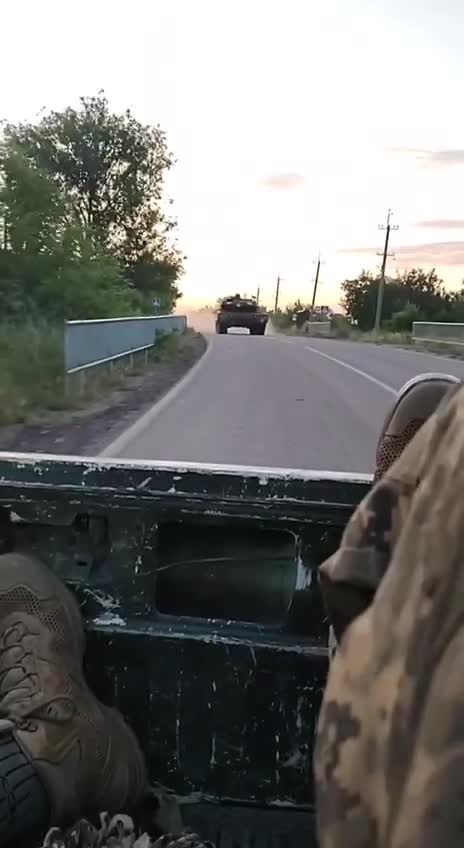I’d let it pass.
Definitely not the moment to escalate the road rage
Brake check to remind him of safety distance
Curious how fast they were actually going
As it’s top speed is 42 mph, I suspect they had it going flat-out.
I paid for 42mph of speedometer, imma use 42 mph of speedometer.
Imma see if it’ll flip when I hit 50!
From what i know it can go faster theoretically but has a limiter to not break down fast.
As the story goes the Swiss once tuned one to do 140km/h, made a break test, and had to send the crew to hospital. Without messing with the transmission to get higher ratios, well-maintained, optimally tensioned tracks etc. the maximum is about 90, more typically 80, the official maximum is 70. Soldiers are generally told to keep it under 60. Don’t underestimate the centrifugal force of the tracks they’re getting hard to control at high speeds.
They could have taken that off, I suppose.
Limits are for peacetime I bet.
Thats not as easy as it sounds probably, that tank is going 60km/h from what i looks.
Which is about right. I, personally, wouldn’t really fancy getting that bad boy up much higher.
I mean the limiter is there for a reason…
Too close for comfort. I don’t know what the braking distance is but I doubt 60-70 tons of steel at up to 70 km/h are that easily stopped. If that truck had to suddenly do an emergency brake, then the tank would probably just roll over & flatten it, with everyone in and on it.
https://www.youtube.com/watch?v=Jm42sikiW3Y
If the crew reacts in time and really wants to stop, they can.
Fucking balls of steel.
I don’t know what the braking distance is
At 70km/h, 20.6 metres. For ordinary cars it’s ~50m.
In a nutshell, a tracked vehicle has quite a bit more contact area with the ground, it’s also kind of hard to lift the rear wheels up so you can apply a lot of break force before you start to skid etc. And Leos have the hardware to actually do that, there’s a retarder in the drive train and additional disc brakes.
Wow, that’s almost a full G of acceleration in a heavily armoured vehicle. Tracks are crazy. I wonder how hot the brake pads get in the process.
Must. go. faster.
“objects in mirror are closer than they appear”




